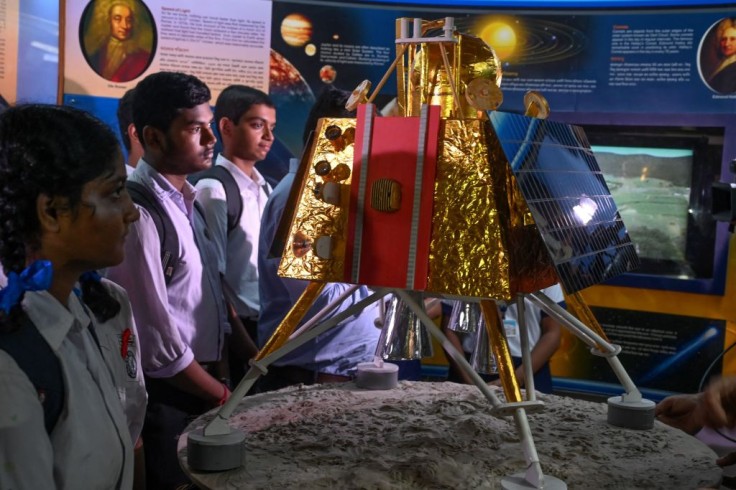India has achieved what Russia couldn't.
The country's space agency has successfully landed its Chandrayaan-3 spacecraft on the south pole of the moon days after Russia's Luna 25 spacecraft crashed into the lunar surface.
India and Russia's lunar missions launched days from each other, but the latter's ended in disaster when it lost communication with its spacecraft.
To The Moon
India's lunar mission, Chandrayaan-3, has had a smooth journey on its way to the moon. According to Space.com, the Indian spacecraft successfully entered lunar orbit on Aug. 5, while its Vikram lander separated from its propulsion module without issue.
Former Indian space chief K Sivan said that the latest photos Chandrayaan-3 transmitted prove that the final leg of its journey would succeed, per The Guardian. He also added that the ISRO had made corrections based on its failed lunar mission in 2019 when scientists lost contact with a lunar module moments before its landing.
As such, it is no surprise that the country's space agency, the Indian Space Research Organization (ISRO), has successfully landed its Chandrayaan-3 spacecraft on the moon's south pole.
According to CNBC TV and the ISRO's live broadcast of the landing, the Chandrayaan-3 made a soft and successful landing on the moon at 6:07 PM Indian Standard Time to the cheers of those in mission control.
According to Space News, the spacecraft touched down near a prime landing site at 69.37 degrees south latitude and 32.35 degrees east longitude, close to the crater Manzinus U.

The successful landing has cemented India as the fourth country to reach the moon. While the US, Russia, and China achieved a controlled landing on the moon's surface, India is the first country to land spacecraft on the moon's south pole and explore it.
The Chandrayaan-3 spacecraft, which consists of a lander carrying a rover within itself, is expected to remain operational for two weeks, per Reuters.
During these two weeks, both the lander and rover will run a series of experiments to analyze the mineral composition of the surface of the moon's south pole. It will also determine if the region does have frozen water - a crucial finding that could dictate if the moon can support a future settlement.
Carla Filotico, a partner and managing director at consultancy SpaceTec Partners, said that finding frozen water in the moon's south pole is "very important for cumulative data and science on the geology of the moon."
Blueprints For Success
India's Chandrayaan-3 lunar mission cost the country much, but not as much as people believe it to be. According to Al Jazeera, India spent $74.6 million to develop and launch the mission - a price far smaller than those of other countries.
The lower price tag is a testament to India's frugal space engineering, which the country made possible by copying and adapting existing space technology and utilizing the abundant highly skilled engineers. These engineers earn a fraction of their foreign counterparts' wages.
The Indian rocket used to launch Chandrayaan-3 off Earth is much less powerful than the US' Saturn V. As such, the spacecraft needed to orbit Earth around six times elliptically to gain speed before starting its journey towards the moon.
Related Article : Russia's First Lunar Mission in Years Ends in Disaster









